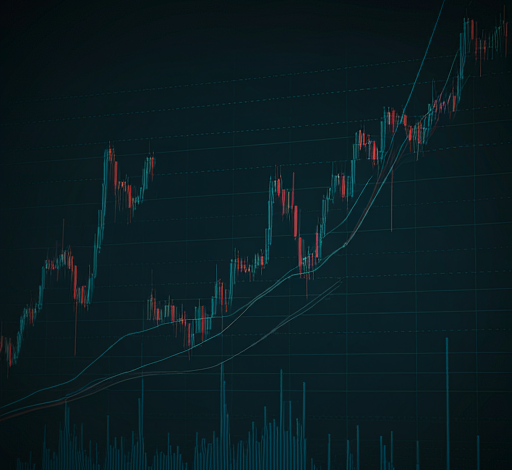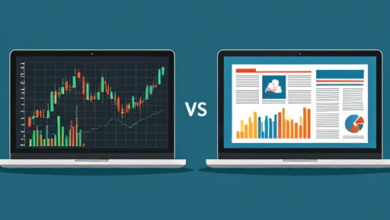Basics of Trading
Trading refers to the buying and selling of assets in financial markets with the aim of making a profit. This activity occurs in various markets, and familiarity with these markets is crucial for every trader.

Types of Financial Markets
- Stock Market: In this market, shares of companies are bought and sold. Each share represents a unit of ownership in a company. Traders can take advantage of price fluctuations by buying and selling shares in this market.
- Forex Market: This is the largest financial market in the world, where different currencies are exchanged. Exchange rates depend on factors such as the economic conditions of countries, interest rates, and political events. Traders engage in buying and selling currencies by predicting changes in exchange rates.
- Commodity Market: This market includes the buying and selling of physical goods like gold, silver, oil, and agricultural products. Traders can profit from price fluctuations based on supply and demand and economic conditions.
- Cryptocurrency Market: With the emergence of blockchain technology, the cryptocurrency market has formed. Currencies like Bitcoin, Ethereum, and other altcoins are traded in this market. Price volatility is much greater in this market than in others, which leads to higher potential profits and losses.
Key Terms
- Asset: Anything of economic value that can be bought and sold. This can include stocks, currencies, commodities, and cryptocurrencies.
- Supply and Demand Prices: The prices at which buyers (demand) and sellers (supply) are willing to trade assets. The market price is usually determined at the point where supply and demand are equal.
- Profit and Loss: The difference between the purchase price and the selling price. If the selling price is higher than the purchase price, the trader has made a profit; otherwise, they have incurred a loss. Proper management of profit and loss is very important for traders.
Types of Trading
- Day Trading: This type of trading involves buying and selling assets within a single day. Day traders typically capitalize on short-term price fluctuations and often close their positions by the end of the day to avoid overnight volatility. This type of trading requires significant time and attention.
- Swing Trading: In this type of trading, traders hold assets for several days to weeks. The goal is to capitalize on larger price movements. Swing traders focus on analyzing charts and identifying patterns to make their decisions.
- Long-term Investing: This type of trading involves buying and holding assets for a long period, usually years. Traders invest with the aim of generating greater profits as the value of the asset increases over time.
Conclusion
Understanding the basics of trading is a fundamental prerequisite for success in this field. Grasping the markets, types of assets, and trading methods can help you make better decisions and manage existing risks. Continuous learning and staying updated in this field are the keys to success.




